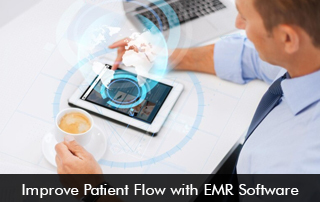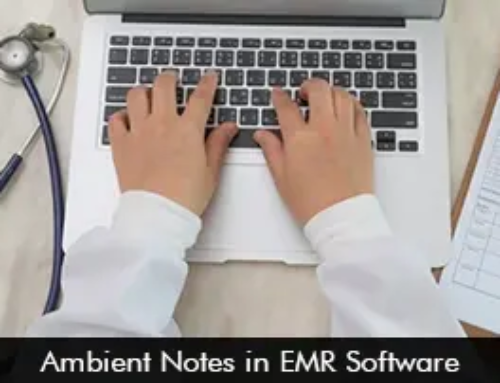Patient flow is critical to improve patient satisfaction scores and health outcomes. Mismanagement in patient flow can overload the front-desk staff members and frustrate patients. Therefore, hospitals and clinics prioritize streamlining the patient journey through the robust Electronic Medical Records (EMR) Software technology.
How Can EHR Software Make Patient Flow Efficient?
Electronic Health Records (EHR) Software Systems can be utilized to improve patient flow for an organized and systematic patient experience. Let’s see how EMR Software functionality can keep patient flow optimized:
Simplified Administrative Processes
By automating the scheduling process, electronic medical records software can lower the possibility of double booking or lengthy wait times. Automated messages can remind patients of their appointments, ensuring combatting the issue of patient no-shows. An efficient check-in process can be maintained through the patient portal platform and digital kiosks facility. This can reduce any bottlenecks at the reception.
Streamlined and Automated Communication
EMR Software facilitates seamless and smooth communication. This helps to eliminate any gaps in care as all departments have the right patient information. Communication tools offered by patient engagement solutions in EHR systems strengthen patient and provider bonds. Patients can easily communicate with their doctor round the clock via a two-way HIPAA-compliant messaging platform.
Coordinated Care
Coordination among healthcare providers can be improved with strong interoperability in EHR Software. They provide a complete picture of the patient’s care history and current therapies and allow for the seamless exchange of patient data. Additionally, Electronic Health Records software can handle referrals more effectively, guaranteeing that patients see specialists as soon as possible.
Common Challenges to Patient Flow in Healthcare
Maintaining efficient flow is a challenging task. To improve patient flow hospital administrators need to be aware of the main roadblocks to patient flow so they can take quick action with the automation of EMR Software.
The main challenges include:
- Long patient wait times at the clinic
- Overcrowding at peak times can lead to patient distress and even increase the risk of catching infections.
- Bottlenecks can cause a delay in patient care.
- Communication barriers can impede patient flow.
Revolutionizing Patient Flow with Technological Advancements
The integration of Artificial Intelligence (AI) technology in EMR Software has been a game-changer in patient flow management. AI can forecast patient volumes, and automate patient processing to alleviate administrative workload. According to a Harvard Business Review Study, AI can enhance patient scheduling by 50% helping to manage patient flow efficiently.








